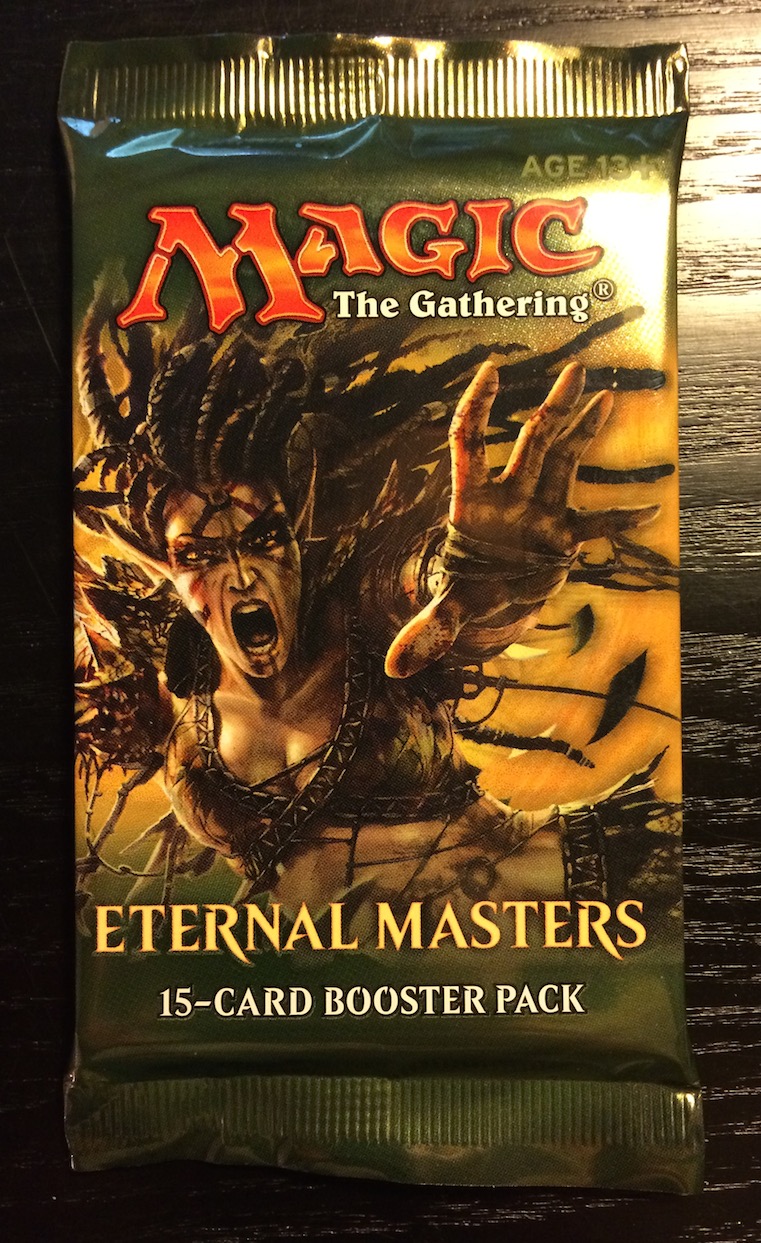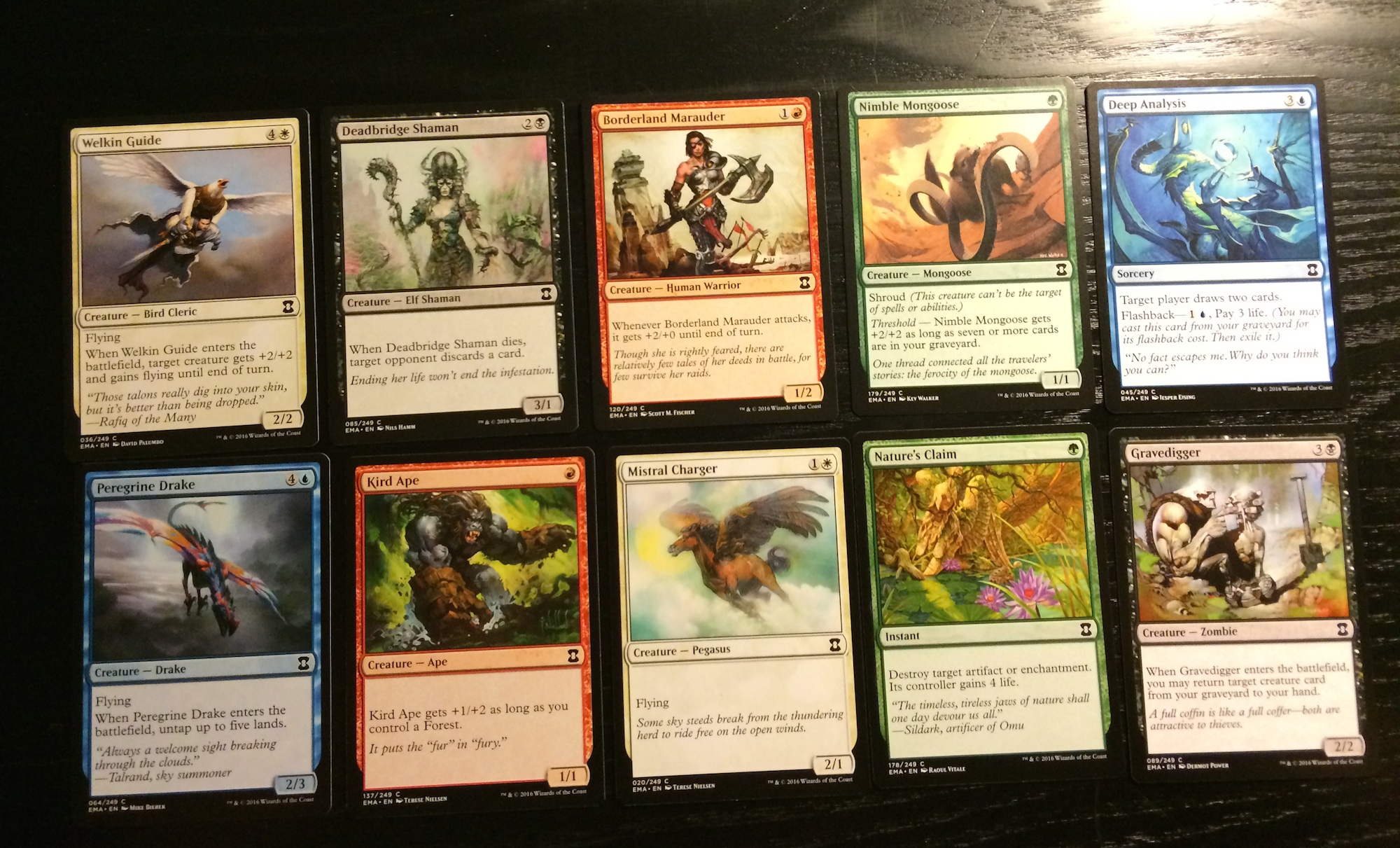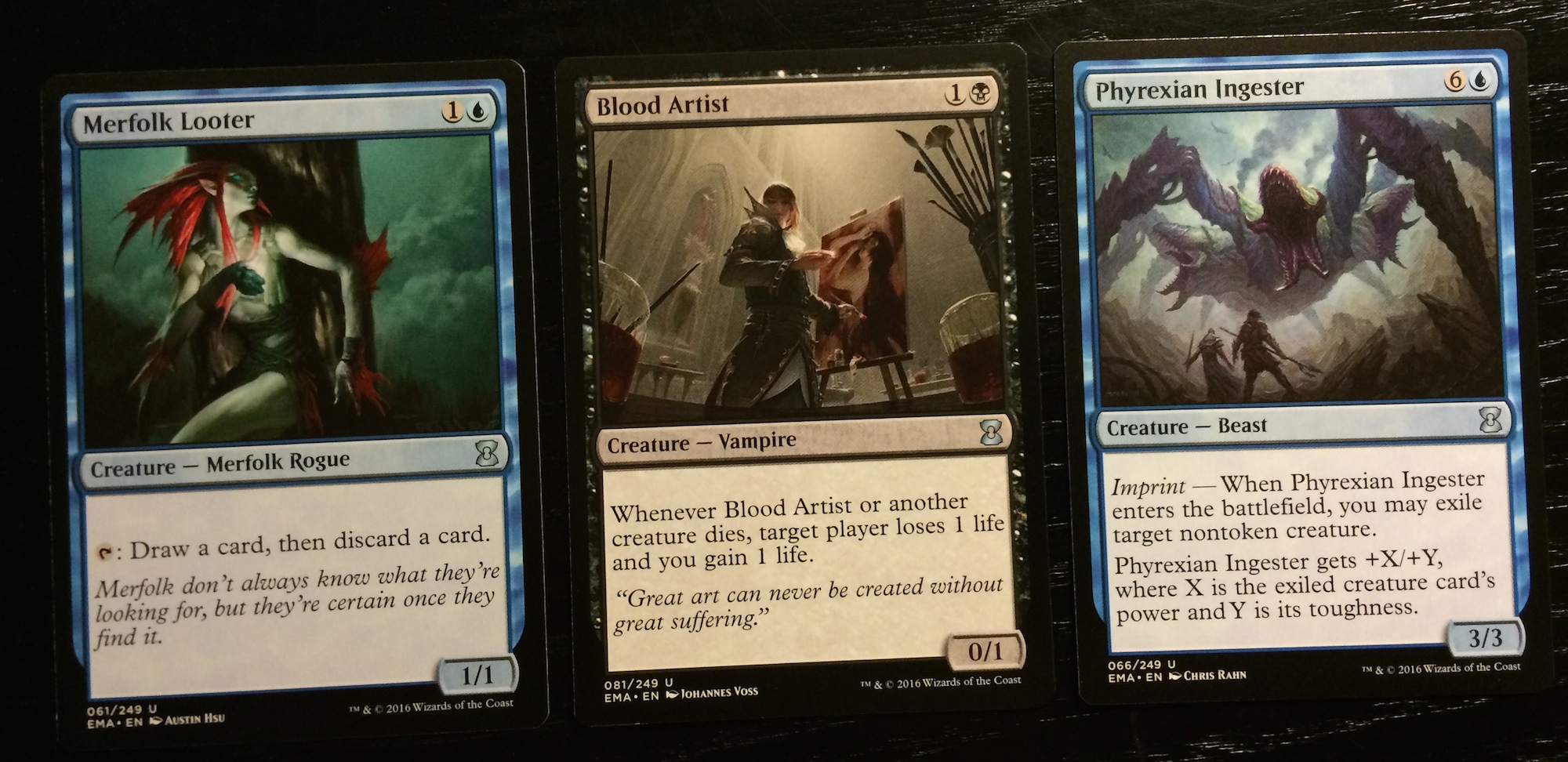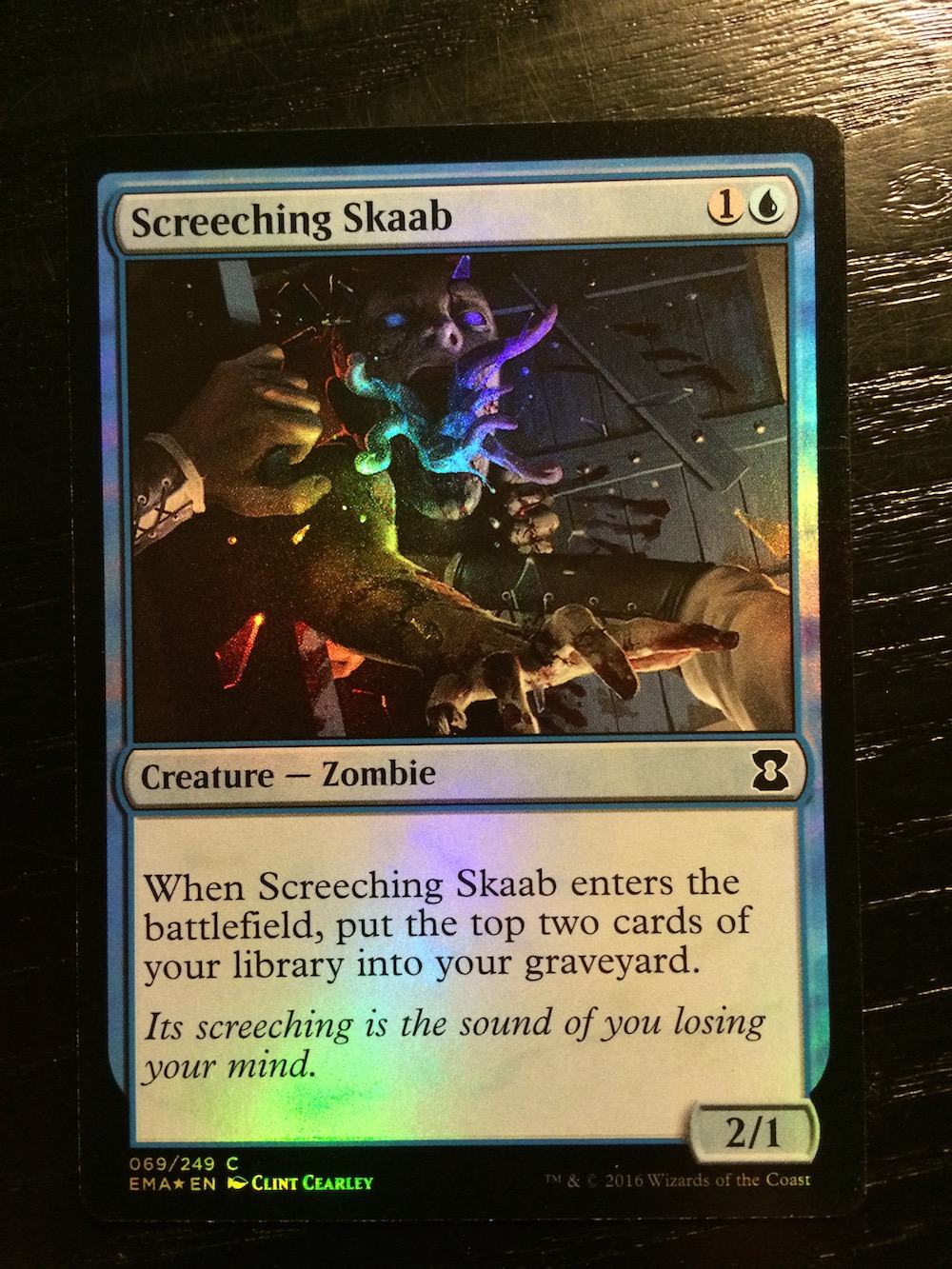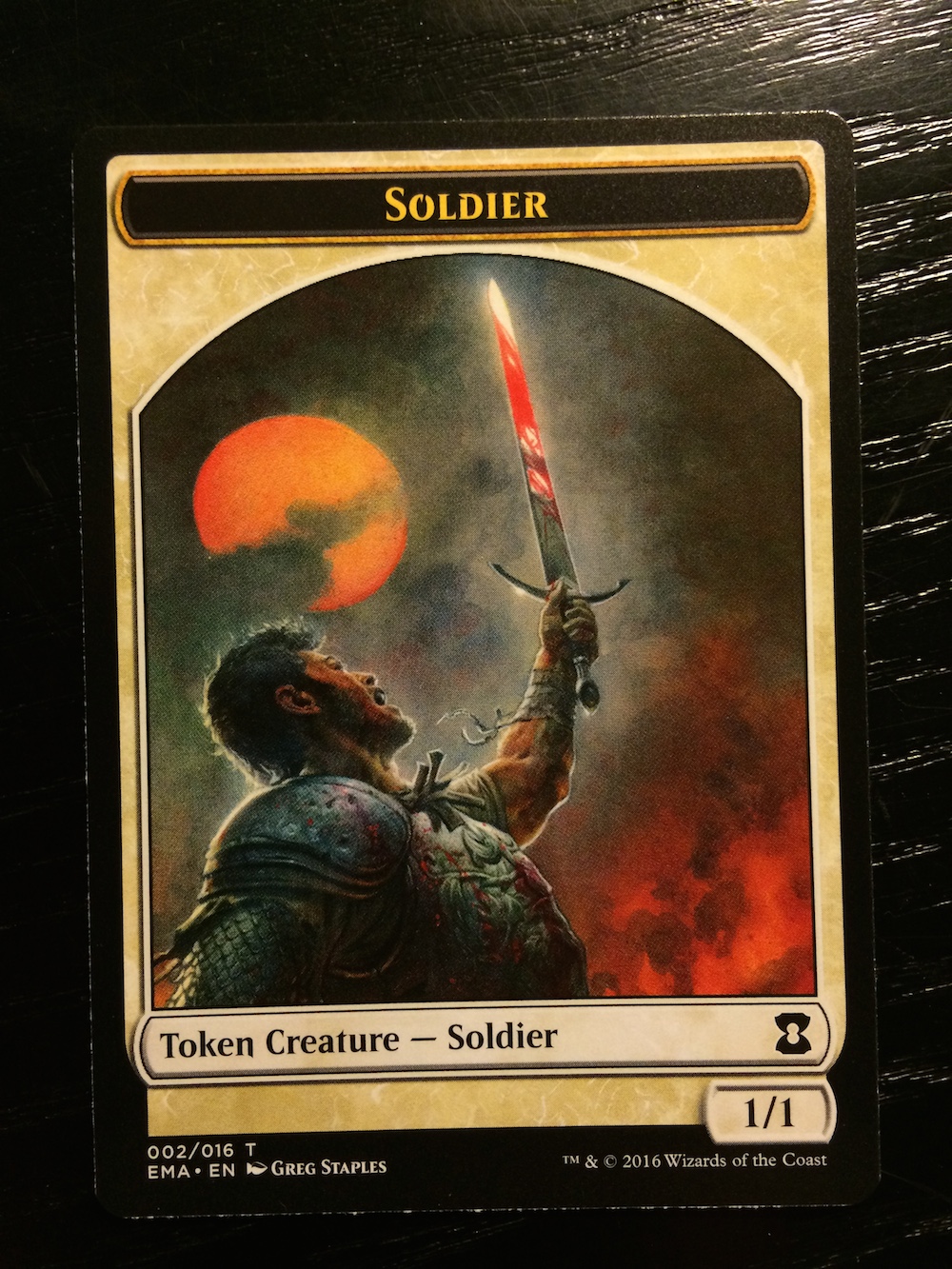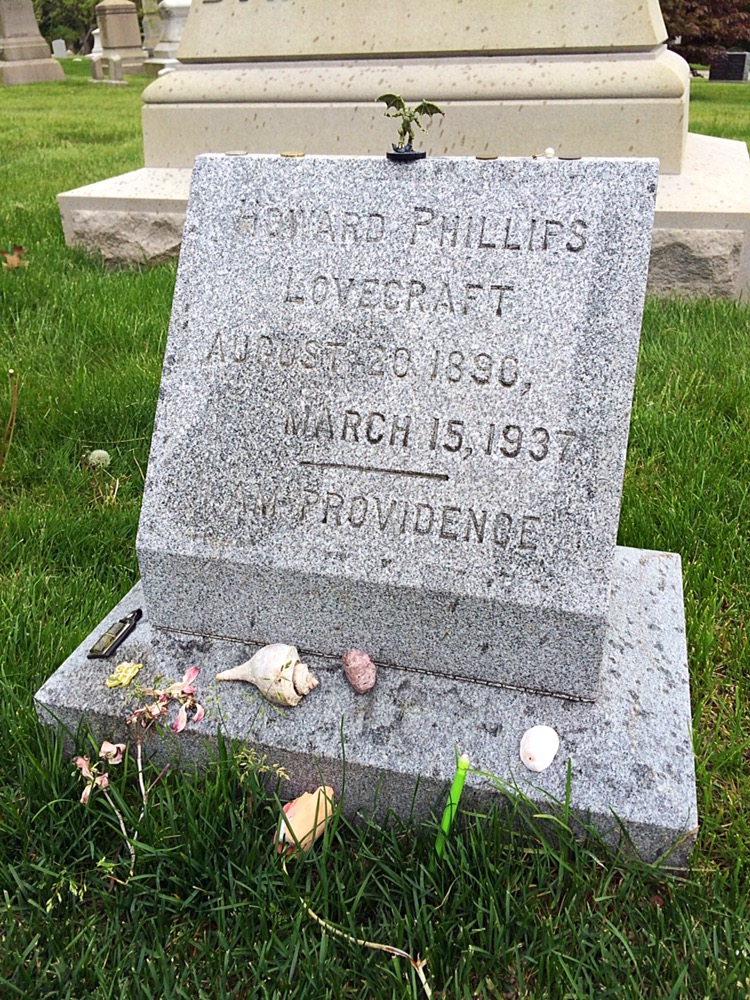I watched an extraordinary film recently called Welt am Draht or World On A Wire.

It’s a 3.5 hour two-part film made for German TV in 1973. It’s beautifully shot and acted, and one of the more watchable films I’ve seen in a long time. To say I enjoyed it greatly would be an understatement, and I believe I would have done so even if it didn’t have such a remarkable story.
Spoiler alert! I’m going to spoil the film now, so skip to after the next image if you want to watch it without knowing what it is about. Note however that the remainder of this blog will deal with the same issues covered by this remarkable film.
The film is about an IBM-like company (named IKZ) which has created a simulation of reality (Simulacron) which contains 9000 individual simulated humans that are used for consumer trend analysis (such as to determine what fashions may be in vogue years later). One of the programmers kills himself under mysterious circumstances after claiming to have learned a terrible secret, and his replacement (Stiller) finds himself in increasingly bizarre situations as he attempts to determine exactly what led to his predecessors suicide.
The truth is – and here’s the big spoiler – that the world of IKZ is itself a simulation, and none of the inhabitants knows. The dead programmer found out, and in time Stiller finds out himself, and races against time (and the clever and subtle changes being made to the world by whoever is simulating it) to somehow find a reason to keep living now that he knows his life is nothing but data in some computer ‘above’ his reality.
As I said, this film was made in 1973. Even more remarkable was that it was based on a novel from 1964. It’s fantastic: watch it.

Ask yourself: “Am I real, or just a simulation?”
The idea of our reality not being real is hardly new, and for centuries philosophers have debated the nature of reality and whether anything actually exists at all. But in the last few decades the idea that our reality may be a simulation has slowly been gaining some form of credence. This paper in particular, has helped drive the argument. This is not crazy-talk, as recently as a month ago the American Museum of Natural History had a well-attended talk (moderated by Neil deGrasse Tyson) on the topic (only one of the five debaters rejected the possibility).
I’ll skip to the end before I throw out a few considerations: the answer seems to be ‘maybe’. We may one day even be able to prove it is true. In fact it is unlikely – even impossible – that we could ever prove it isn’t true. So we may have to accept the possibility that we are living in a simulation and consider from what effect – if any – this has on our lives.

Bostrom’s argument supposes only one of these is true:
1) No civilization ever becomes able to simulate the universe
2) No civilization that can ever does simulate the universe
3) We are living in a simulation
One of the logical conclusions of his argument is that if we fit into one of the above criteria, that one must be true. Right now we’re in catgeory 1, with neither the ability nor the means to simulate reality. And that’s supposing that reality is even calculable, which is a big unknown due to the probabilistic nature of quantum mechanics and the fact we currently don’t know much about things like gravity, and dark matter (ie. fundamental parts of reality).
But humans are smart, and we learn how to build more powerful computers every year. One day, presumably, we may have the means to simulate ourselves, at which point we’ll enter category 2. When we’re at the point where we can simulate reality, will we? It seems to me this is more a sociological question than a scientific one, but I can’t think of many times in the history of humanity where we’ve developed the ability to do something (non destructive) and not done it. So it is at least likely that we will build the simulation and then turn it on.
At which point we must face the fact that if we can simulate reality perfectly, there is no logical argument against us being simulations ourselves. So if we ever get beyond category 2 and create out own reality sim, we are simultaneously proving that we ourselves are simulated.
There are other possible proofs. One idea is that a 3D reality simulation must have some discrete co-ordinate system (x/y/z) which would have an effect on EM wave transmissions and background cosmic radiation. There are claims that evidence to support this has already been found.
A wilder consideration is that the second law of thermodynamics when applied to the closed system that is our universe suggests that disorder should always be increasing. And yet we live in a universe full of order – in fact we see more order than disorder (ie. atoms are arranged in planets and not distributed randomly throughout the universe). This itself has led to endless philosophy (this will bend your mind) but one theory may be that our simulation has been tweaked to accommodate us in (macroscopic) violation of the second law. In other words the simulation agrees entirely with the laws of physics only as far as it must to allow our universe to exist in the first place.
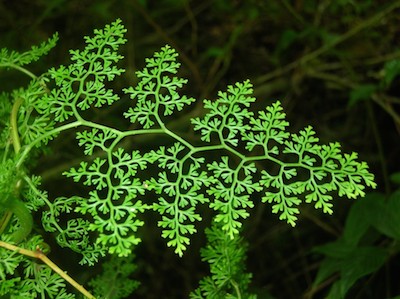
Going further down the rabbit-hole, the logical question is ‘how’? How would it ever be possible to build or power a computer able to do this, much less code the simulation itself? We can’t know the answers, and if we are simulated likely never will, but from the point of view of a simulation we may create certainly one must ask “Why simulate everything when you can just do one person?”
Consider that for a moment. Maybe reality is not a simulation. Maybe just you are? Maybe just I am. Maybe none of you exist, and the comments you leave on my blog (or texts you send me) were just generated by a computer to make the world I perceive seem real? Maybe everyone I interact with only exists while I interact with them? It may be that reality isn’t simulated, only my reality is? (You may want to read up on the Bishop George Berkley at this point.)
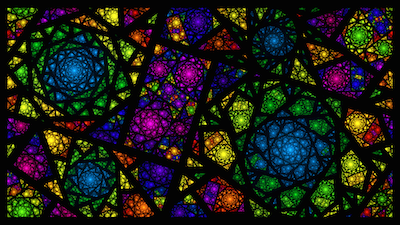
Which brings me to: If we are simulated, so what? The answer is it doesn’t matter. Assuming the simulators continue to let the simulation play out without interference (or at least tweak the code to hide their interference) then it has no affect on our lives at all. What we don’t – can’t – know won’t hurt us, you could say.
My Dad at this point is thinking another obvious question: who are the simulators? If we are simulations who built the computer and who wrote the code? This is for some an uncomfortable element of the argument, since it blurs the lines between science and faith.
Many years ago in a quantum physics text I read a quote that I will paraphrase here: “Science should be careful of looking too closely else they may find God”. It seems to be this is just as relevant to the simulated reality argument.
(If this topic interests you, you may also want to read about the idea that our universe itself is a computer and another theory explaining the apparent 2nd law violation.)
